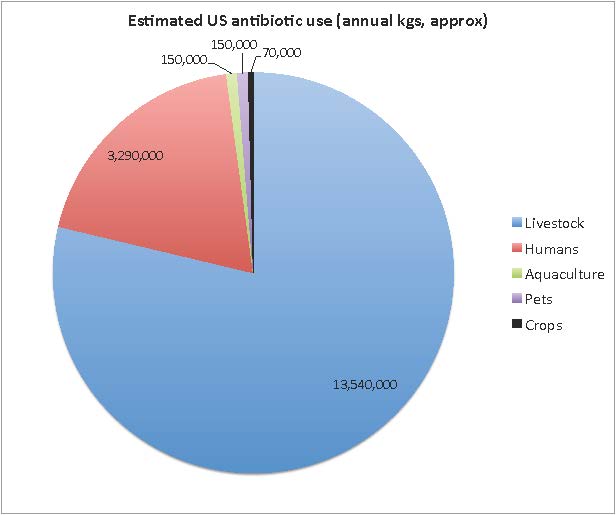Figure 1. Total antibiotic usage statistics from the New England Journal of Medicine, 2013

Antibiotics are typically thought of as chemicals that kill bacteria. However, the name antibiotic really refers to anything that kills or interferes with the growth and reproduction of any organism: viruses, bacteria, plants, insects, etc. Nonetheless, we’ll adopt the convention that antibiotics are chemicals that disrupt key biological processes of bacteria and use more specific names for other chemicals that target other kinds of organisms: fungicides are chemicals that target fungi; herbicides target plants; pesticides typically target insects; and antiviral drugs are specific for viruses. All of these antibiotics represent strong agents of selection against organisms.
People use an enormous amount of antibiotics, fungicides, herbicides and pesticides annually to promote health and agricultural productivity. Monitoring of the Mississippi River from 1993-1997 revealed as much as 1250 tons of herbicides were discharged annually, mostly concentrated during the growing season. Moreover, the fraction of agricultural land subject to some kind of herbicide has increased steadily over the years, although the particular chemical used varies. Similarly, in the United States about 40 million pounds of antibiotics are sold annually, most of which is used to promote the agricultural productivity of chickens, turkeys, pigs, and cows. Astonishingly, more than 700 products marketed for homes have anti-bacterial chemicals. It should hardly come as a surprise, then, that the domain with the shortest generation time on the planet has found new uses for that which used to kill it. Many bacteria actually feed on antibiotics: in studies where antibiotics were provided as the only carbon source, bacteria grew and chemical analysis revealed that they digested the antibiotics and used the carbon for growth. For some bacteria, therapeutic treatment can make the problem worse. For others, it's only a matter of time: studies show that most antibiotics succumb to resistance when bacteria are given prolonged exposure. To make matters worse (for us), a particular bacterial cell may be resistant to more than one antibiotic. For example, a survey of bacteria isolated from soils revealed that, of the bacteria that were antibiotic resistance, all were resistant to two or more antibiotics, most were resistant to seven antibiotics, and some isolates were resistant to as many as 15 different antibiotics.